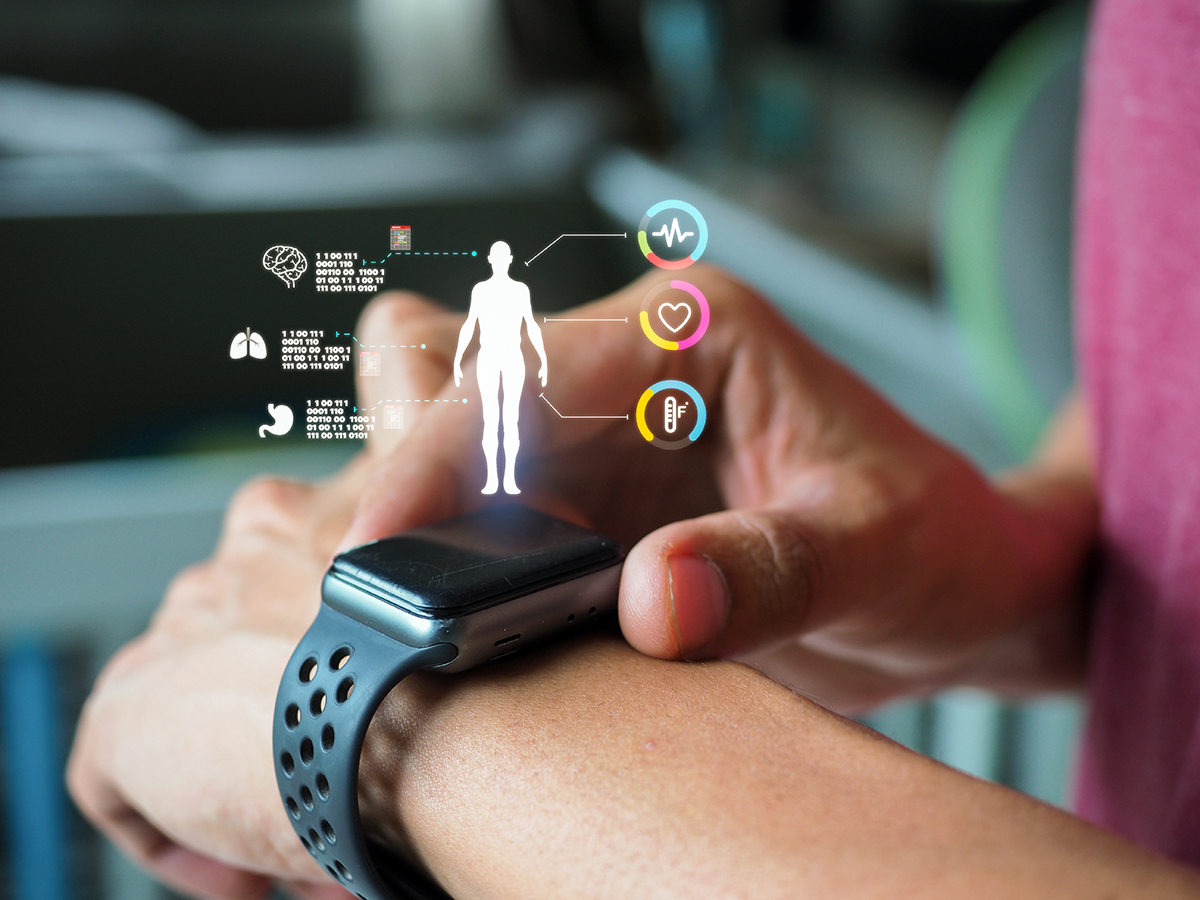
Health Data Standards: Empowering Interoperability in the Healthcare Industry

In today’s healthcare industry, the seamless exchange of information is vital for providing quality care and improving patient outcomes. Health data standards play a crucial role in achieving interoperability by providing a common language and framework for data exchange. These standards cover key areas such as terminology, content, data exchange, and privacy/security. In this blog, we will delve deeper into the intricacies of terminology standards, explore their applications and benefits, examine the challenges faced in their adoption and usage, and discuss the development process of health data standards.
Health Data Standards
Terminology Standards
Terminology standards utilize unique codes and classification systems to represent a wide range of health concepts and purposes. In healthcare, using a unified vocabulary is essential for clear communication and accurate interpretation of medical data. Standards like ICD-10-CM (International Classification of Diseases, Clinical Modification), CPT (Current Procedure Terminology), SNOMED CT (Systematized Nomenclature of Medicine – Clinical Terms), and LOINC (Logical Observation Identifiers Names and Codes) provide standardized codes for diagnoses, procedures, clinical observations, and lab tests. These codes ensure that healthcare professionals across different systems can understand and use health data consistently.
Content Standards
Content standards focus on defining the structure and data types of electronic medical documents. These standards ensure that medical data is properly organized and represented in a clear and easily understandable form. For example, Consolidated Clinical Document Architecture (C-CDA) provides a framework for creating electronic clinical documents, allowing the capture, storage, and exchange of structured and unstructured information. HL7 (Health Level 7) version 2 and 3 messaging standards enable the packaging and transmission of data between different health systems. The US Core Data for Interoperability (USCDI) standard specifies the content that hospitals must share via APIs to facilitate patient access to their medical records.
Data Exchange Standards
Data exchange standards establish the information flow between health systems. These standards ensure interoperability by specifying formats, document architecture, methods, APIs, and other necessary components for effective data exchange. One prominent standard in this category is FHIR (Fast Healthcare Interoperability Resources), developed by HL7. FHIR enables the electronic transmission of healthcare information and supports modern web-based APIs. FHIR has gained significant traction in recent years and is widely adopted for patient access to medical records, interoperability initiatives, and healthcare application development.
Privacy and Security Standards
Privacy and security standards in healthcare are of utmost importance to protect sensitive health information from unauthorized access and ensure compliance with regulations such as HIPAA (Health Insurance Portability and Accountability Act). These standards enforce rules and safeguards for data protection, authentication, access control, and encryption. Health organizations need to implement robust privacy and security measures to maintain patient trust and safeguard their confidential information.
Challenges in Standard Adoption and Usage
While healthcare data standards play a crucial role in achieving interoperability and facilitating data exchange, their adoption and usage face several challenges. Some of the key challenges include:
1. Fragmentation: The healthcare industry comprises a diverse range of stakeholders, including healthcare providers, payers, government agencies, and software vendors. Each entity may have different systems, processes, and standards in place, leading to fragmentation in data exchange practices.
2. Cost and Resources: Implementing and maintaining data standards can be resource-intensive for healthcare organizations. It requires investment in technology infrastructure, staff training, and ongoing support and maintenance. Limited resources can hinder the widespread adoption of standards, especially for smaller healthcare providers.
3. Legacy Systems: Many healthcare organizations still rely on legacy systems that may not be compatible with modern data standards. Upgrading or replacing these systems to ensure interoperability can be a complex and costly undertaking.
4. Governance and Coordination: The development and implementation of data standards require coordination and collaboration among various stakeholders. Lack of centralized governance and coordination mechanisms can slow down the standardization process and hinder the adoption of common standards.
5. Privacy and Security Concerns: Sharing sensitive health information raises concerns about privacy and security. Healthcare organizations must ensure that data standards incorporate robust security measures to protect patient confidentiality and comply with relevant regulations, such as the Health Insurance Portability and Accountability Act (HIPAA).
Addressing these challenges requires ongoing collaboration among industry stakeholders, regulatory bodies, and standard development organizations. It is essential to prioritize interoperability and invest in the necessary infrastructure, resources, and policies to drive the adoption and usage of healthcare data standards.
Health Data Standards Development Process
Updating and implementing new versions of standards can be time-consuming and resource intensive. Moreover, the development process for standards typically involves multiple steps, including identifying business needs, workgroup collaboration, balloting, piloting, and implementation. It requires coordination among various stakeholders, including clinicians, administrators, software developers, and regulatory experts. Standard development organizations (SDOs), such as HL7 and NCDPD, play a crucial role in driving the development and maintenance of these standards.
Achieving Interoperability with Health Data Standards
In conclusion, health data standards are essential for enabling interoperability and ensuring the smooth exchange of health data between systems. Terminology standards, content standards, data exchange standards, and privacy and security standards collectively provide a robust framework for effective data sharing in the healthcare industry. By adhering to these standards and avoiding challenges like fragmentation, resource constraints, legacy systems, governance, and privacy, healthcare organizations can enhance patient care, improve operational efficiency, and foster innovation.
Apexon specializes in digital-first services powered by AWS to help you design and build a robust and highly-scalable engagement platform as per your requirements. These platforms support and follow the patient journey from discovery to real-world therapeutic care, enabling better health outcomes, regulatory compliance, patient education, and ultimately patient satisfaction with the drug or the device. To learn more, check out Apexon’s Connected Care for Patient Engagement and Clinical Trials fact sheet and Patient 360 on AWS fact sheet.
FAQ’s – Healthcare Data Standards
Data standards play a pivotal role in healthcare for several reasons. Firstly, they ensure interoperability, which means different healthcare systems and devices can communicate effectively, facilitating seamless exchange of information. This interoperability is crucial for providing coordinated care to patients across various healthcare settings.
Secondly, data standards enhance data accuracy and consistency. By adhering to standardized formats and structures, healthcare organizations can minimize errors in data entry and interpretation, thus improving the overall quality of healthcare delivery and patient outcomes.
Furthermore, data standards support data governance and regulatory compliance efforts. They provide a framework for organizing and managing healthcare data in accordance with privacy and security regulations such as HIPAA, GDPR, and others, thereby safeguarding patient confidentiality and data integrity.
In essence, data standards not only promote interoperability and data quality but also contribute to better patient care, regulatory compliance, and overall efficiency in the healthcare ecosystem.
Several widely adopted healthcare data standards facilitate interoperability and data exchange among different systems and stakeholders. Some examples include:
- HL7 (Health Level Seven): HL7 is a set of international standards for the exchange, integration, sharing, and retrieval of electronic health information. It encompasses various messaging standards such as HL7 Version 2, HL7 Version 3, and Fast Healthcare Interoperability Resources (FHIR), which enable seamless communication between different healthcare applications and systems.
- DICOM (Digital Imaging and Communications in Medicine): DICOM is a standard for the management and transmission of medical imaging data, such as X-rays, MRIs, and CT scans. It ensures interoperability among various imaging devices and (PACS) picture archiving and communication systems, allowing healthcare providers to access and share diagnostic images seamlessly.
- SNOMED CT (Systematized Nomenclature of Medicine – Clinical Terms): SNOMED CT is a comprehensive clinical terminology system that provides a standardized vocabulary for describing clinical concepts, observations, procedures, and findings. It enables accurate and consistent representation of clinical information across diverse healthcare settings, supporting clinical decision-making, research, and data analytics.
- ICD (International Classification of Diseases): The ICD is a standardized coding system maintained by the World Health Organization (WHO) for classifying diseases, injuries, and other health-related conditions. It serves as a universal language for recording and reporting diagnoses, procedures, and morbidity/mortality statistics, facilitating epidemiological research, healthcare billing, and public health surveillance.




